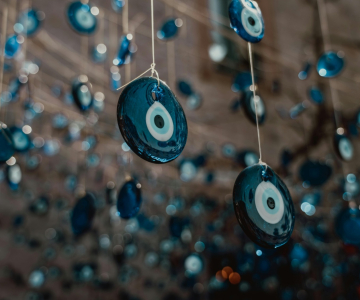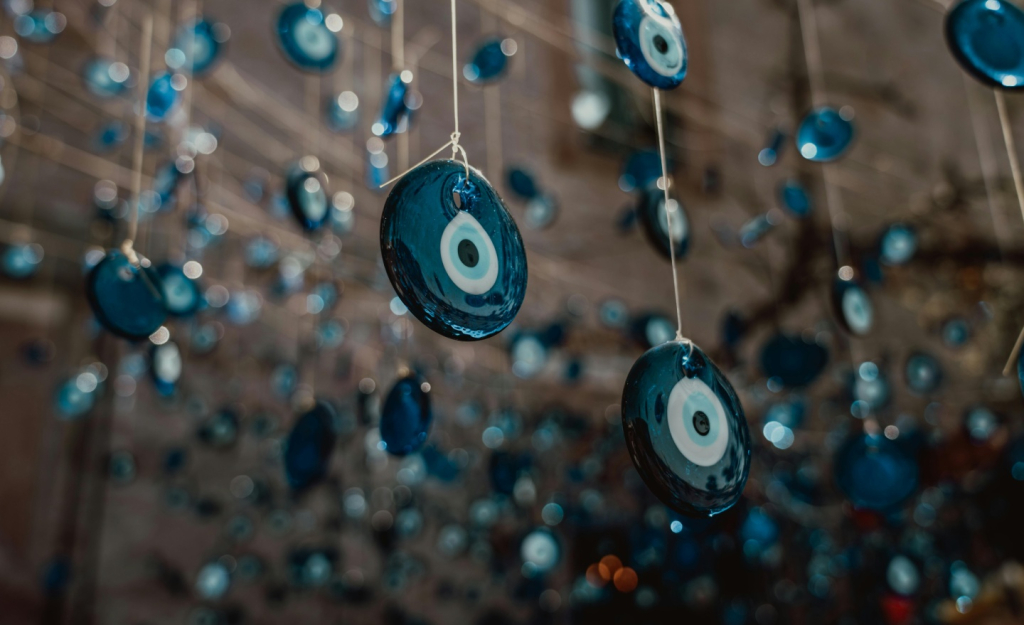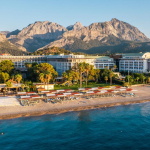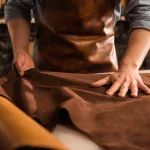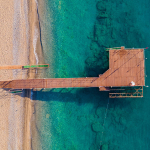Antalya has long been one of the most significant centres of traditional culture—not only for its deep-blue sea and captivating tourism, but also for its centuries-old craftsmanship. Among these cultural heritages, leather craftsmanship holds a prominent place.
Thanks to its natural environment and its long history as a home to various civilisations, Antalya has one of Anatolia’s strongest traditions of leather processing.
Kilikya Palace offers its guests not only a comfortable holiday, but also a unique opportunity to discover the cultural fabric of the region. This blog serves as a guide to understanding the roots of leather culture in Antalya, the craftsmanship preserved in its villages, and why leatherwork still holds an important place today.
What Is Leatherworking? The Journey of an Ancient Craft
Leatherworking is the art of transforming animal hides into durable, long-lasting and aesthetically valuable products. Historically, leather was used for clothing, shelter, protective materials and even warfare equipment.
Over time, its aesthetic role became more prominent, turning into a key raw material for a wide range of products—from garments to accessories, bags to shoes.
At its core, leatherworking reflects patience, mastery, handcraftsmanship and a deep respect for nature. For this reason, it is regarded not just as a production process, but as a cultural and artistic heritage.
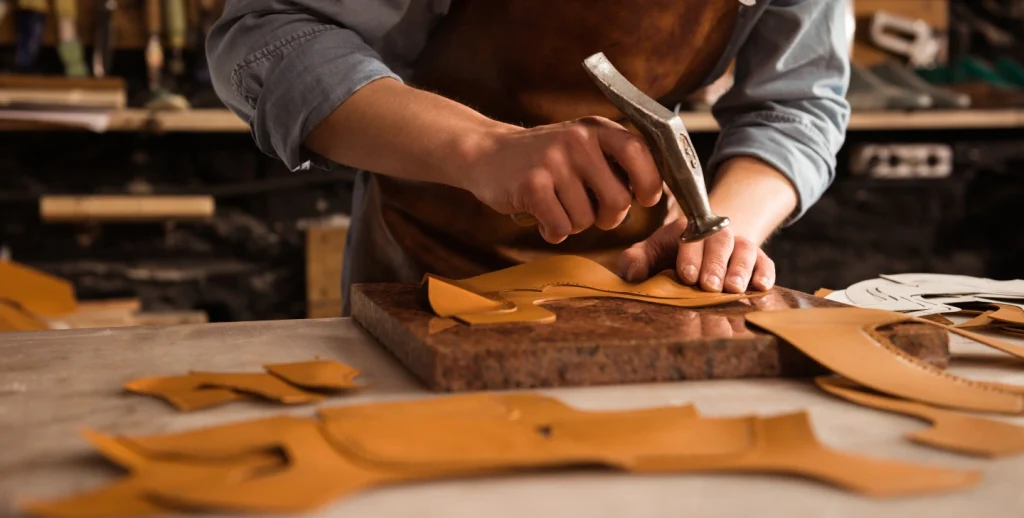
Leather Culture in Antalya: A Craft Centre in Southern Anatolia
Antalya is one of the regions where leatherworking is widely practised, thanks to its geographical location, climate and its historical role on ancient trade routes.
Ottoman-era leather guilds, processing methods formed through centuries of Mediterranean trade, and the craftsmanship passed down from generation to generation all form the foundations of Antalya’s leather culture.
Traditional leather workshops in Antalya continue to produce with both modern techniques and methods inherited from the past. This craftsmanship culture is still kept alive in many villages across the region.
Villages in Antalya Known for Leatherworking
Several villages in Antalya are especially known for their leather craftsmanship.
In these villages, traditional production continues as a family profession. Masters meticulously carry out stages such as cutting, tanning, softening and shaping the leather.
Regions that stand out in leatherworking include:
- Döşemealtı – Known for its small workshops specialising in traditional production.
- Rural areas of Serik – Home to many experienced leather masters.
- Korkuteli and Elmalı countryside – Preserve traditional tanning culture due to widespread livestock farming.
- Manavgat villages – Many families have practised leatherworking for generations.
The leather craftsmanship in these villages relies entirely on handmade, natural processes. Some masters also introduce traditional methods to visitors in their own small workshops.
Why Is Leather Culture Important?
Preserving and sustaining leather culture carries great historical and social significance. The main reasons include:
- Continuity of Cultural Memory
Leatherworking has been a core part of Anatolian life for thousands of years. Keeping this craft alive helps maintain a connection with the past. - Respect for Handcraftsmanship
In contrast to modern mass-consumption habits, handmade products preserve uniqueness and cultural value. - Economic Contribution
Leather workshops in rural areas contribute directly to local economic development. - Sustainability
When processed using natural and eco-friendly techniques, genuine leather becomes one of the most sustainable materials.
Kilikya Palace: Inviting Guests to Experience Antalya’s Leather Heritage
Kilikya Palace transforms your holiday into an opportunity not only to relax but also to explore the cultural depth of the region. Through the hotel’s concierge services, special tours to the workshops of Antalya’s leather masters can be organised, giving guests the chance to witness local production first-hand.
Additionally, the regional artworks displayed within the hotel, decorative details inspired by Anatolian crafts and the warm atmosphere of Mediterranean culture offer guests a unique experience.
A Living Culture in the Heart of Antalya
Leather culture is one of the most valuable heritages that shape Antalya’s identity. Both the craftsmanship preserved in its villages and the historical fabric of the city turn leatherworking into not just a profession, but a way of life.
As one of Kemer’s finest 5-star hotels, Kilikya Palace supports this cultural richness and offers guests an unforgettable opportunity to explore this timeless tradition.

